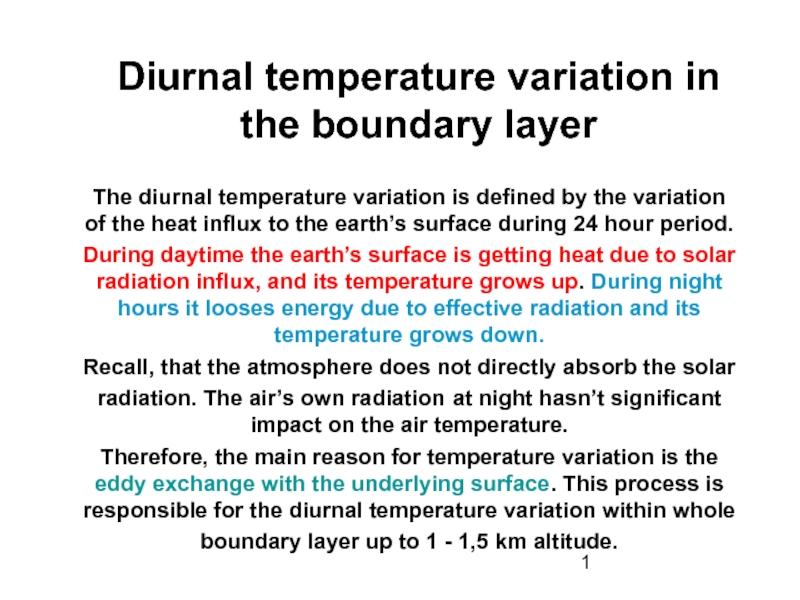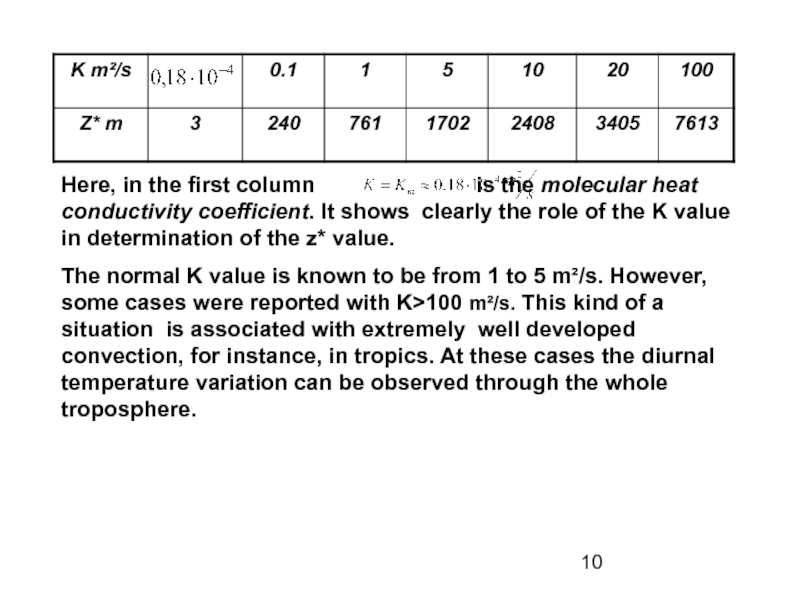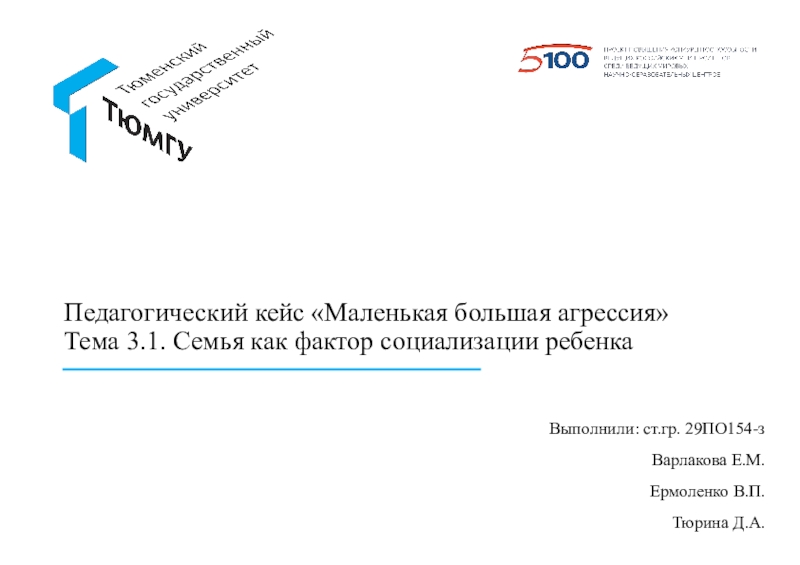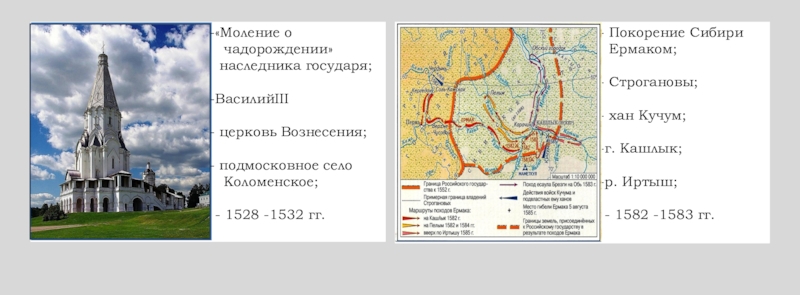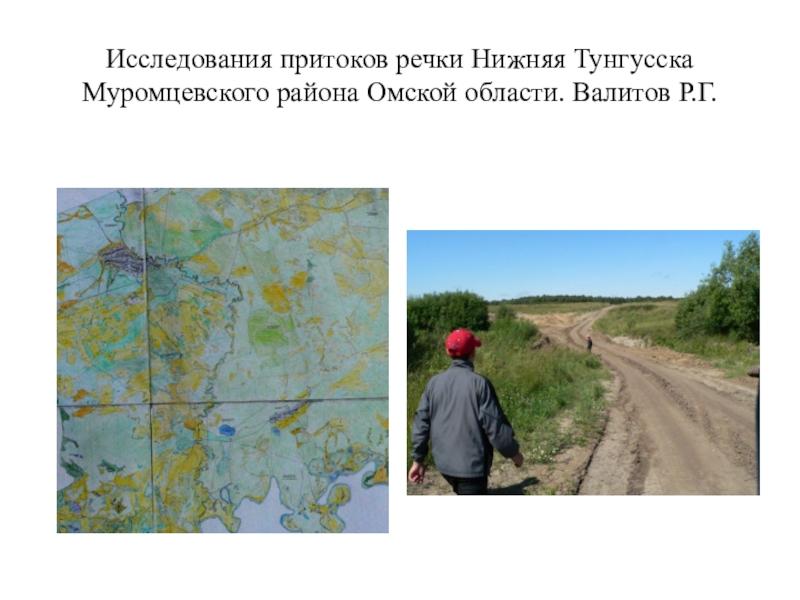is defined by the variation of the heat influx to
the earth’s surface during 24 hour period.During daytime the earth’s surface is getting heat due to solar radiation influx, and its temperature grows up. During night hours it looses energy due to effective radiation and its temperature grows down.
Recall, that the atmosphere does not directly absorb the solar radiation. The air’s own radiation at night hasn’t significant impact on the air temperature.
Therefore, the main reason for temperature variation is the eddy exchange with the underlying surface. This process is responsible for the diurnal temperature variation within whole boundary layer up to 1 - 1,5 km altitude.
